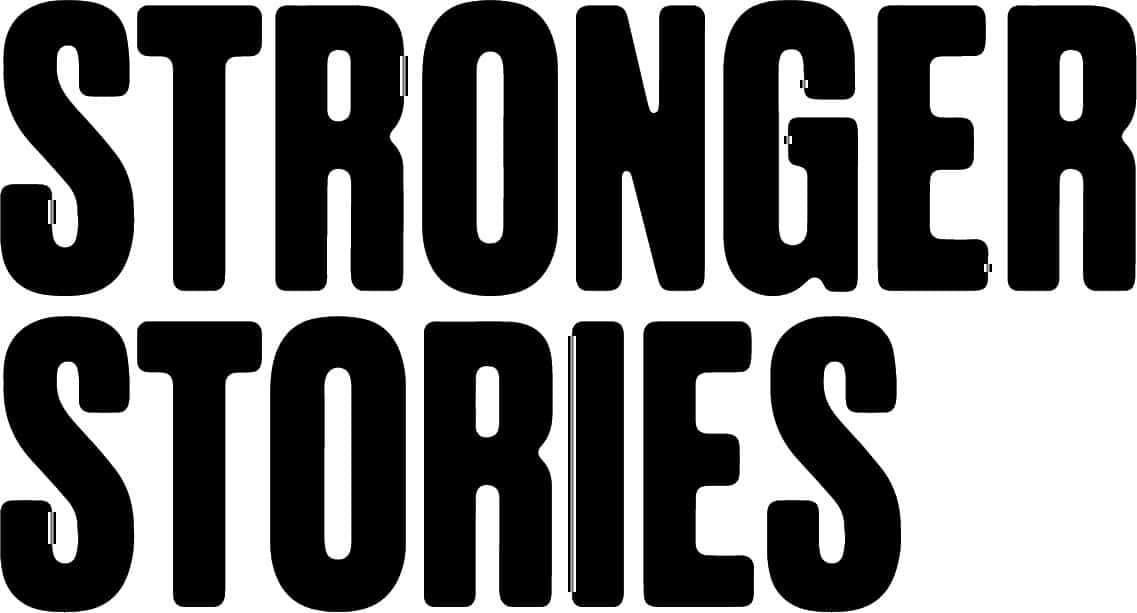
April Fools Day pranks that created conversation
- Written by Will Hill
It’s not uncommon for April Fools’ Day hijinks to unexpectedly spark a wider conversation. Comedy and pranks take advantage of our brains’ pattern-seeking tendencies by subverting our expectations, which can provoke reflection on what they reveal about our beliefs, biases, and society. Even outrageous stunts that may be seen as obviously ‘fake’ are successful – precisely because they reveal gaps in our understanding.
In 1957, the BBC pulled off a prank which is now often cited as one of the biggest April Fool’s hoaxes of all time. They aired a documentary about the origins of spaghetti, showing footage of farmers harvesting cooked spaghetti from trees. With pasta being much less widely available than it is today, many members of the public were convinced, even phoning in to ask how to grow their very own spaghetti tree (they were told to “place a sprig of spaghetti in a tin of tomato sauce and hope for the best”).
To a 21st-century Brit this might sound silly, but the origins of pasta were not common knowledge at the time, and the public had no reason to question what was being presented as authentic information from a reputable source.
A similar April Fool’s joke that takes advantage of gaps in the audience’s knowledge is the ‘dihydrogen monoxide’ prank.
This is a classic trick that’s been used many times over the years to highlight the prevalence of ‘chemophobia’, a misinformed aversion to chemicals. The prank involves petitioning to ban dihydrogen monoxide, which is, in reality, simply water. Advocates of the prank present it as a dangerous chemical, citing that it is “colourless, odourless, tasteless, and kills uncounted thousands of people every year,” not to mention its widespread use in industry and its presence in cancerous tumours. Without fail, this prank manages to alarm people, gathering signatures from those concerned about this so-called dangerous chemical.
This underscores how easily fear can be activated through the selective presentation of facts, and emphasises the importance of scientific literacy. By exploiting common misconceptions about chemistry, it provokes a discussion on the need for critical thinking and the dangers of taking information at face value without deeper inquiry.
With the prevalence of misinformation online in recent years, audiences are usually (hopefully) more critical of new information.
This isn’t always the case, however. For example, in 2011, Google announced a new product called Google Motion which would allow users to navigate their emails using hand gestures and sophisticated motion tracking via webcams. Though notorious for their annual April Fool’s shenanigans, many people believed the announcement. It was so credible, in fact, that within a matter of days, programmers came out and proved it was possible to do with existing technology.
Though perhaps not the most practical innovation, this does highlight how quickly technological advancements can turn the seemingly absurd into reality, blurring the line between what’s feasible and what’s not.
Three years later, Google pulled another April Fool’s Day joke that did just that; they announced that they would be adding catchable Pokémon to Google Maps. The mobile game Pokémon Go was released two years later, transforming what was once a joke into reality – and raking in $600 million in the first three months. The first popular augmented reality game to hit the market, Pokémon Go was playful and innovative, encouraging people to get outside and exercise while gaming. Its success demonstrated how ideas that might initially seem fanciful or whimsical can capture the public’s imagination and create new possibilities – the line between the absurd and the achievable is often more porous than it appears. What starts as a joke can sometimes foretell or inspire real-world innovations, challenging us to remain open to the unexpected and to recognise the potential in even the most light-hearted of ideas.
The line between the absurd and the achievable is often more porous than it appears.
Though April Fool’s pranks are designed to entertain, they often inadvertently (or deliberately) shine lights on gaps in the social consciousness and spark discussion. Comedy is a disarming and effective tool for changing people’s minds in an unassuming, entertaining way. By leveraging humour, entrepreneurs and change-makers can bring attention to serious issues in a manner that’s both accessible and relatable.
The effectiveness of this story type lies in its ability to bypass defences and provoke thought without the resistance that direct criticism or confrontation might encounter. Laughter can be a gateway to understanding, encouraging people to reconsider their views, acknowledge overlooked facts, or engage in discussions they might otherwise avoid.
Share:
Grow Your Good Idea Faster
New ideas are precious. Win support by learning how to create and tell a stronger story – join our Lean Story School for free.

Related posts
From Awareness to Celebration: Neurodiversity Celebration Week
Siena Castellon is the author of The Spectrum Girl’s Survival Guide and Founder of Neurodiversity Celebration Week...
Taking the First Step: The Power of Origin Stories
When it comes to courage, taking the first step is crucial. Instinctively, we trust people more when we understand a...
Good COP, Bad COP
During COP26, when stories are flying about further and faster than ever before, rattling across conference halls and...
Learn from the strongest stories about change
Sign up here to receive our monthly newsletter that explores great storytelling about brilliant ideas. Don’t worry you can unsubscribe at any time.
We’re working hard to walk the talk.
We’re proud to have been awarded The Blueprint and B Corp status in recognition of our work towards creating a better world.

